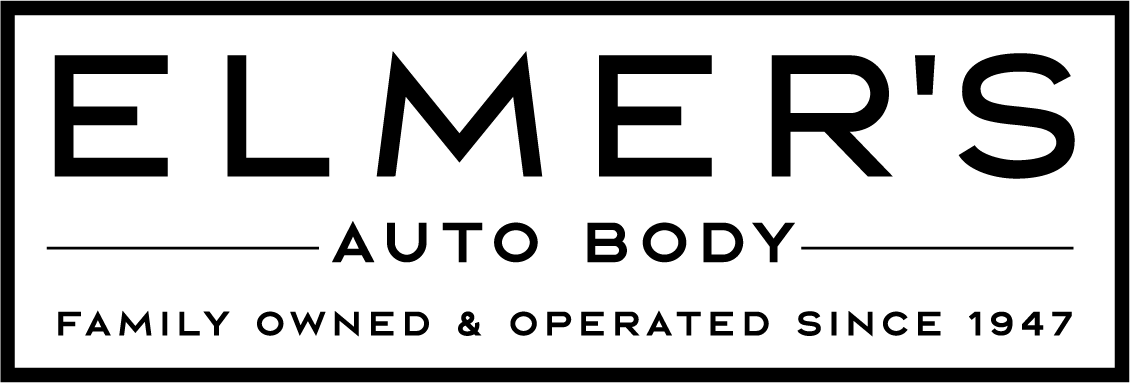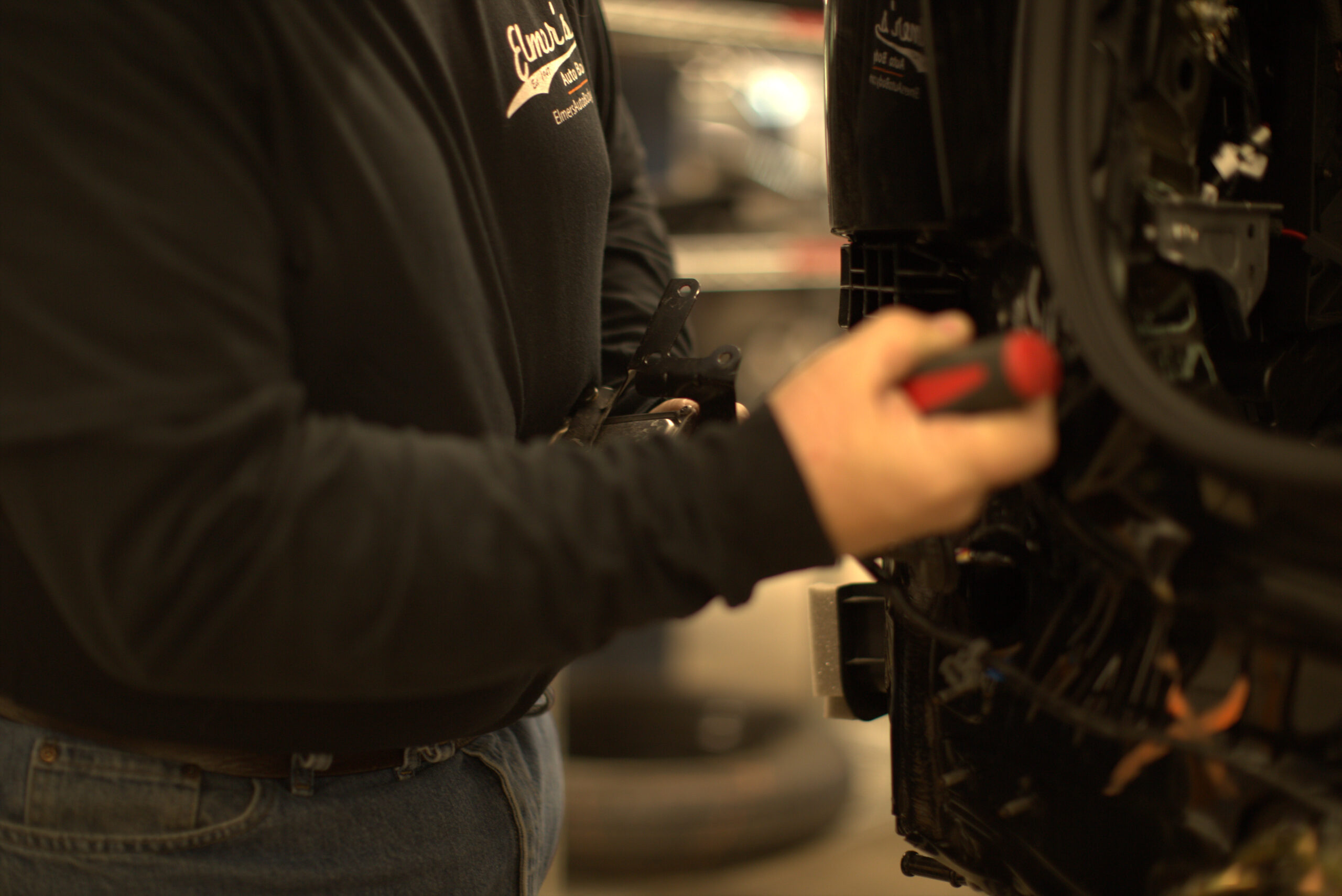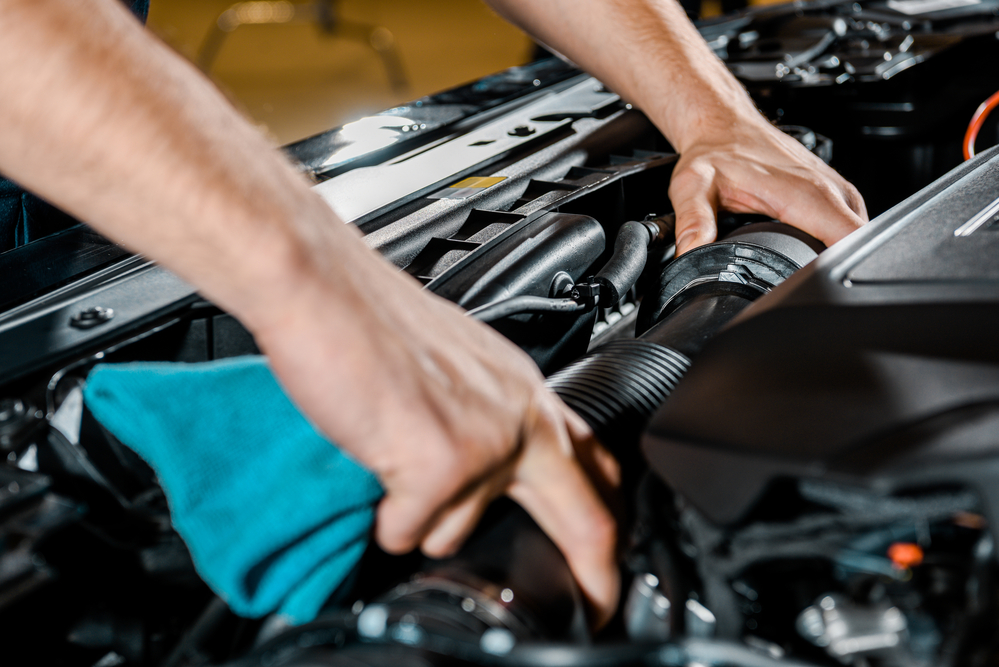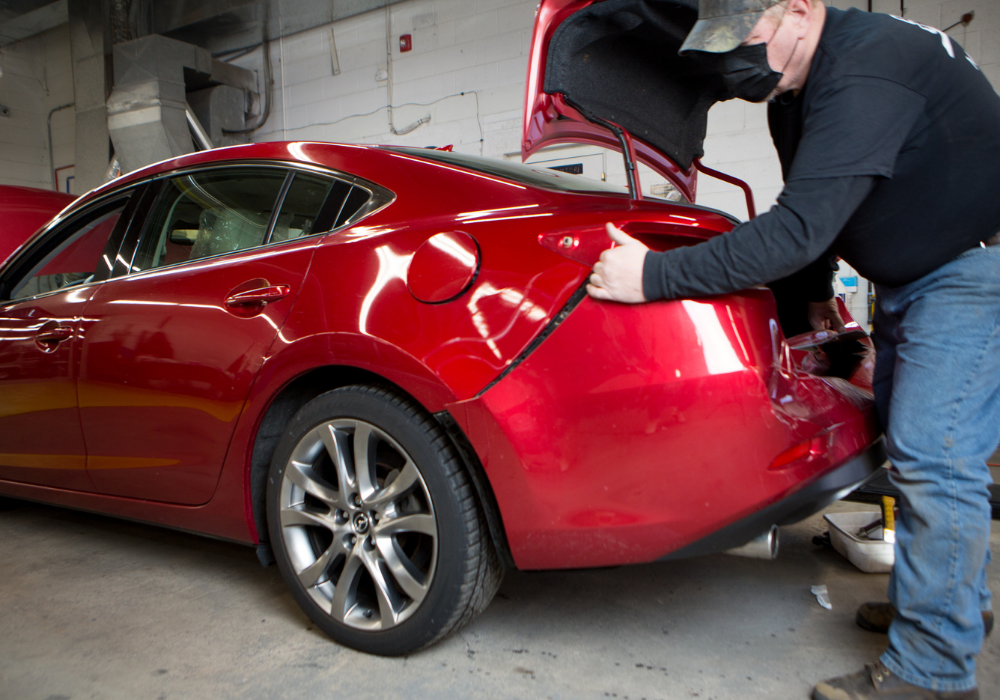Promoting safe driving has always been a role of the automobile manufacturer. No wonder more and more vehicles are coming equipped with Advanced Driver Assistance Systems to make the roadways less dangerous. These latest car safety features and innovations may not be standard in all makes and models yet, but they are indeed revolutionizing the way people drive from point to point. Let’s explore some of the latest safety features and technologies being utilized and developed.
Key Takeaways
- Modern cars are equipped with advanced safety features to enhance driver and passenger safety.
- Advanced Driver Assistance Systems (ADAS) play a pivotal role in integrating these safety features into vehicles.
- Features like Forward Collision Warning, Blind Spot Detection, Adaptive Cruise Control, Lane Departure Warning, Front Center Airbags, and Rear Cross Traffic Warning are transforming the safety landscape.
What are Advanced Driver Assistance Systems (ADAS)?
Before delving into specific safety features, it’s essential to understand the overarching technology that enables these innovations—Advanced Driver Assistance Systems (ADAS). ADAS encompasses a range of safety technologies and features that assist drivers in avoiding collisions and accidents. These systems utilize sensors, cameras, radar, and other advanced technologies to enhance the overall safety of the vehicle.
Now, let’s explore some of the standout features within the realm of ADAS.
Forward Collision Warning (FCW)
As a driver, it can be hard to keep your eyes forward at all times, especially when you are attempting to merge or pass or shift lanes. With Forward Collision Warning (FCW), you get a pair of eyes that watches the road at all times. Using sensors to assess the distance and position of obstacles, FCW alerts the driver to potential collisions and advises on the appropriate braking response. This technology has been proven to reduce rear-end collisions by a significant 27 percent, according to the Insurance Institute for Highway Safety (IIHS).
Blind Spot Detection
Changing lanes has become safer with the introduction of Blind Spot Detection. This feature employs radar sensors to monitor the vehicle’s blind spots and issues warnings to the driver when objects are present. The system takes it a step further by intensifying the warning if the driver activates the turn signal while a vehicle occupies the blind spot. The result? A 14 percent lower rate of lane-change accidents, as demonstrated by the IIHS study.
Adaptive Cruise Control
Do you take long drives or have a tiring commute? It may be time to start using Adaptive Cruise Control (ACC), a dynamic system that adapts to the flow of traffic around you. Utilizing cameras and radar modules, ACC adjusts the vehicle’s cruising speed to maintain a safe following distance from the traffic ahead. The system goes beyond traditional cruise control, smoothly handling scenarios like coming to a complete stop and restarting in slow-moving traffic. ACC not only reduces driver fatigue during long journeys but also minimizes the risk of rear-end collisions caused by abrupt braking.
Lane Departure Warning
Distracted driving is a leading cause of accidents, and Lane Departure Warning (LDW) aims to address this issue. LDW monitors the vehicle’s position within a lane and intervenes with alerts if an unintentional lane departure is detected. The system utilizes a forward-facing camera near the rearview mirror, generating alerts through sound, steering wheel or seat vibration, and visual cues on the dashboard. Studies show that LDW has the potential to mitigate a significant number of lane departure crashes, making it a crucial safety feature for drivers covering extensive distances.
Front Center Airbags
While not directly part of ADAS, Front Center Airbags contribute significantly to passenger safety. Positioned between the two front passenger seats and to the left side of the driver’s seat, these airbags help prevent occupants from colliding with each other during side-impact crashes. Since their introduction, estimates suggest that over 50,000 lives have been saved since 2017 due to the implementation of such life-saving features.
Rear Cross Traffic Warning
Navigating crowded parking lots and tight spaces becomes safer with Rear Cross Traffic Warning. Utilizing sensors similar to those in Blind Spot Detection, this feature warns drivers of approaching vehicles, pedestrians, or objects while reversing. By providing an additional layer of protection where visibility is limited, Rear Cross Traffic Warning proves to be an invaluable ally in preventing collisions during maneuvers.
Get Your Car Repaired at a South Jersey Collision Repair Shop Today
As vehicles become smarter and safer, it’s crucial for drivers to stay abreast of the latest safety features. If you find yourself in a situation where your car’s safety features have been put to the test, ensuring prompt and reliable repairs is paramount. Elmer’s Auto Body, your trusted South Jersey Collision Repair Shop, stands ready to restore your vehicle to its optimal condition. With a commitment to precision and expertise, Elmer’s Auto Body ensures that your car’s safety features are in top-notch condition, providing you with peace of mind on every journey. Schedule your repair today and experience the excellence of Elmer’s Auto Body. Your safety is our priority.






